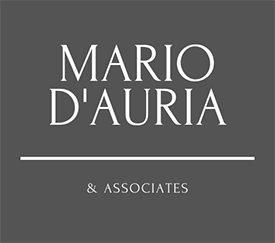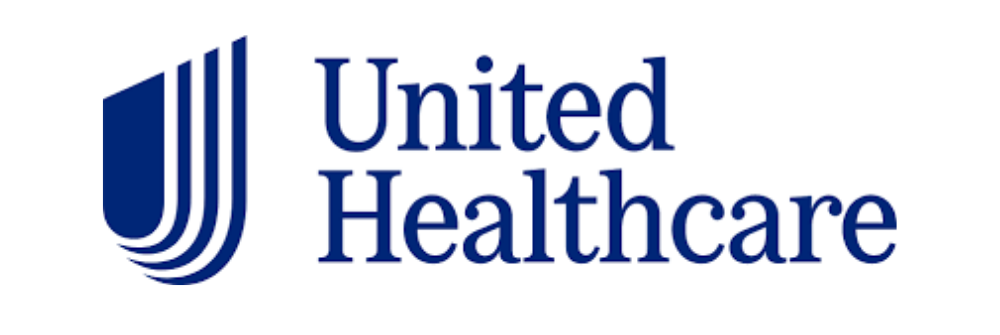
Group Coverage Options
Group Insurance health plans provide coverage to a group of members, usually comprised of company employees or members of an organization. Group health members usually receive insurance at a reduced cost because the insurer’s risk is spread across a group of policyholders.
KEY TAKEAWAYS
- Group members receive insurance at a reduced cost because the insurer’s risk is spread across a group of policyholders.
- Plans usually require at least 70% participation in the plan to be valid.
- Premiums are split between the organization and its members, and coverage may be extended to members’ families and/or other dependents for an extra cost.
- Employers can enjoy favorable tax benefits for offering group health insurance to their employees.
How Group Health Insurance Works
Group health insurance plans are purchased by companies and organizations and then offered to their members or employees. Plans can only be purchased by groups, which means individuals cannot purchase coverage through these plans. Plans usually require at least 70% participation in the plan to be valid. Because of the many differences—insurers, plan types, costs, and terms and conditions—between plans, no two are ever the same.
Once the organization chooses a plan, group members are given the option to accept or decline coverage. In certain areas, plans may come in tiers, where insured parties have the option of taking basic coverage or advanced insurance with add-ons. The premiums are split between the organization and its members based on the plan. Health insurance coverage may also be extended to the immediate family and/or other dependents of group members for an extra cost.
Benefits of a Group Health Insurance Plan
The primary advantage of a group plan is that it spreads risk across a pool of insured individuals. This benefits the group members by keeping premiums low, and insurers can better manage risk when they have a clearer idea of who they are covering. Insurers can exert even greater control over costs through health maintenance organizations (HMOs), in which providers contract with insurers to provide care to members.
The HMO model tends to keep costs low, at the cost of restrictions on the flexibility of care afforded to individuals. Preferred provider organizations (PPOs) offer the patient a greater choice of doctors and easier access to specialists but tend to charge higher premiums than HMOs.
The cost of group health insurance is usually much lower than individual plans because the risk is spread across a higher number of people. Simply put, this type of insurance is cheaper and more affordable than individual plans available on the market because more people buy into the plan.
© Copyright 2024. Mario D’Auria and Associates. All Rights Reserved. Website by Visitivity Inc.





